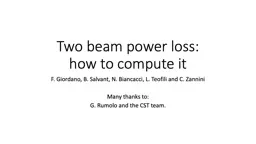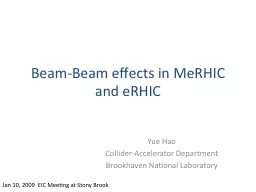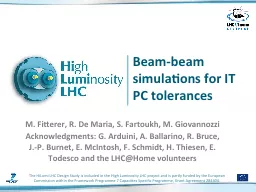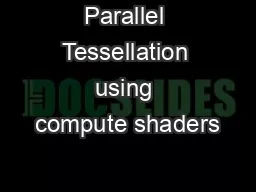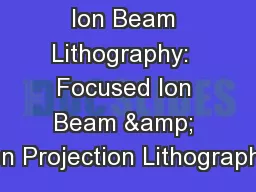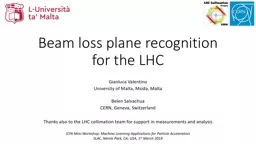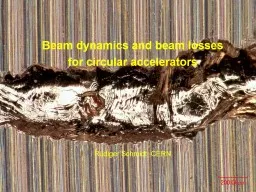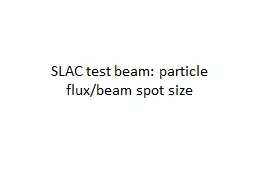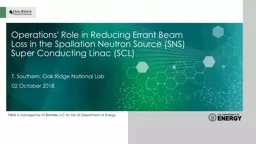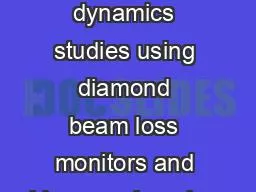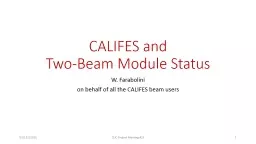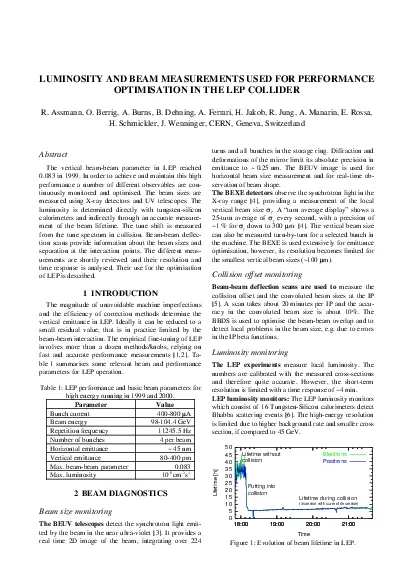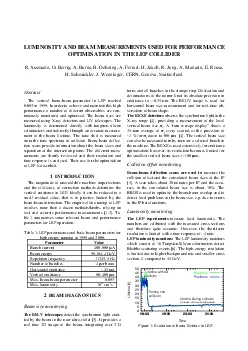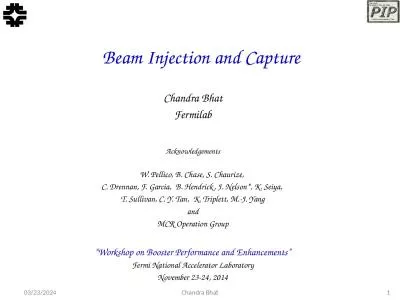PPT-Two beam power loss: how to compute it
Author : chaptoe | Published Date : 2020-07-02
F Giordano B Salvant N Biancacci L Teofili and C Zannini Many thanks to G Rumolo and the CST team Outline Background Two beam power loss computation with
Presentation Embed Code
Download Presentation
Download Presentation The PPT/PDF document "Two beam power loss: how to compute it" is the property of its rightful owner. Permission is granted to download and print the materials on this website for personal, non-commercial use only, and to display it on your personal computer provided you do not modify the materials and that you retain all copyright notices contained in the materials. By downloading content from our website, you accept the terms of this agreement.
Two beam power loss: how to compute it: Transcript
Download Rules Of Document
"Two beam power loss: how to compute it"The content belongs to its owner. You may download and print it for personal use, without modification, and keep all copyright notices. By downloading, you agree to these terms.
Related Documents

